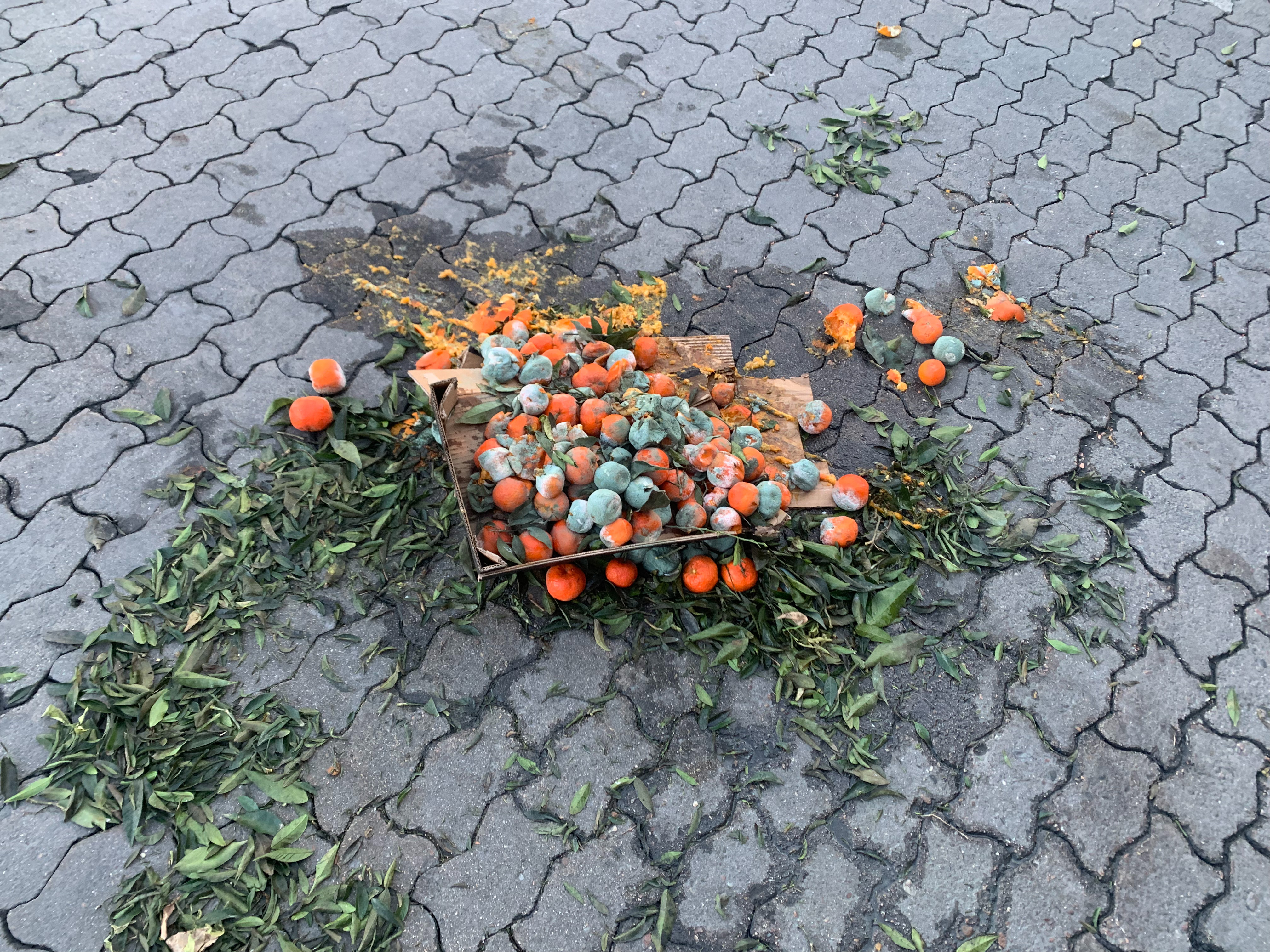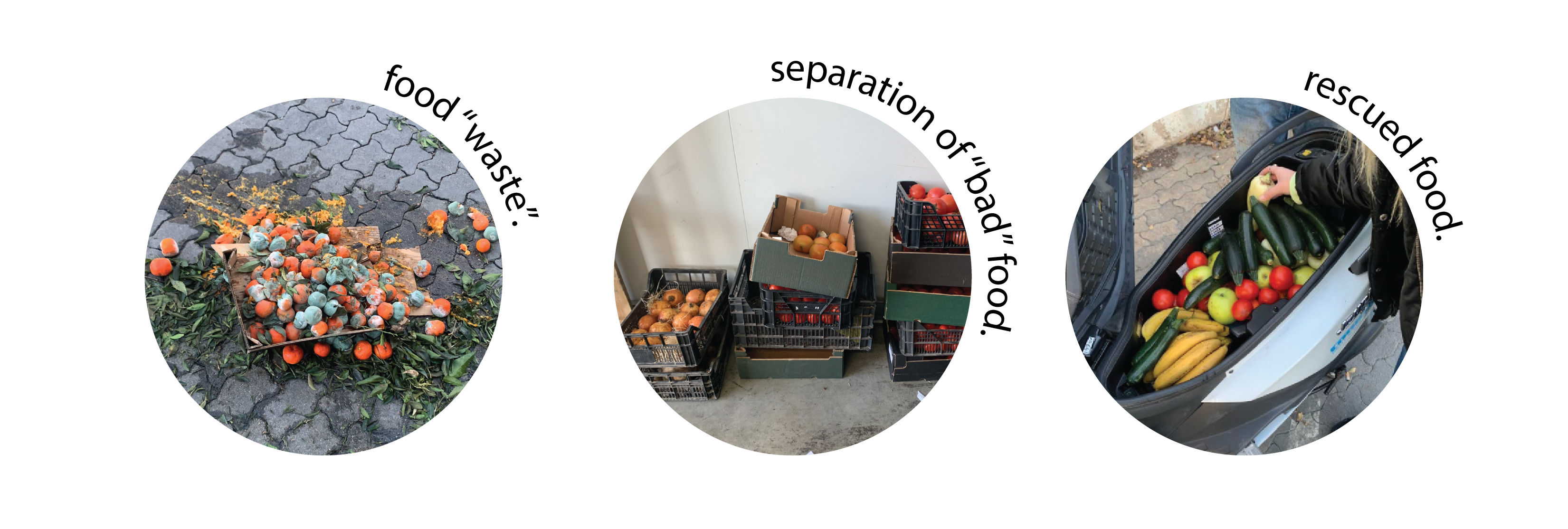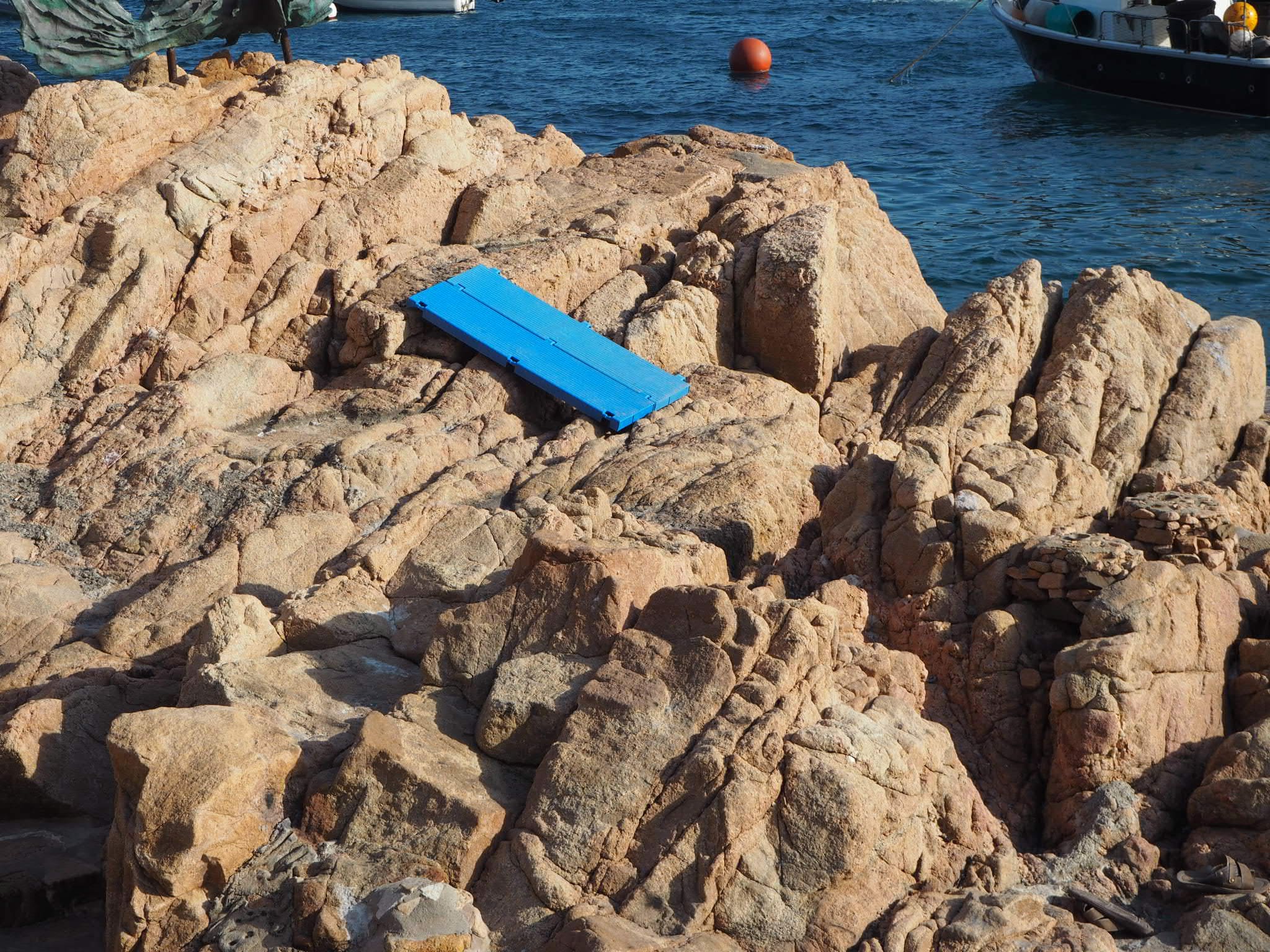
For me, I'm interested in living a more sustainable lifestyle. I want to do this by starting from my own personal space and then expand it to the rest of my environment. I wanted to start by cultivating my own food at home. With the Tech beyond the Myth course when we did the recollection of data to search for a place with the optimal conditions for growing food, I got a first approach into this growing your own food at home.
I realized that there are a lot of things we do in our daily lives that are very harmful for the environment. We can change some habits to live in a more sustainable way and lower our carbon footprint but there are so many other things we have to keep using or doing in a certain way because there are no alternatives at the moment. For example the travel lifestyle. I've done a lot of travelling my whole life, and it became a passion for me but then I realized how much impact just travelling anywhere has. Just by taking a flight your CO2 emissions increase so much. But in a way if you want to know other places there aren't many sustainable ways of doing it. And I don't agree that we're destined to stay where we were born just because we happened to be born there. It is also in our human nature to move and explore new places that fit better with us or that can help us grow or the other way around. But for now I decided to focus on the smaller scale by changing habits that are harmful to our environment.
Most of this everyday actions that have a big negative impact in the environment are mainly done without knowledge. There is still a big lack of education regarding sustainability practices.
When we started asking ourselves if it would be possible to grow your own food at home we realized there are so many problems related to this. First is that you need space in order to have planters with veggies or fruit. Not everyone (specially in big cities) has a big space where they can put plants. We found some examples of indoor growing planters which are very sophisticated and more modern. They are actually really cool and I think it's a good first approach to this practice. But we want something that is more affordable and also could be done with no new materials. We started wondering also if we could do planters that worked fine with recovered materials.
Then we also thought about food waste. What will actually happen to the peels, seeds, leaves, etc. after we eat? We found some ways to use the most out of it like compost, natural dyieng for fabrics or paper, or new biomaterials. The question that arose later after our intervention was that for the amount of food we have to eat we would produce the equal amount of waste and plants can't have lots of compost everyday or you'll kill them. So in a way we would end up with a lot of potential food waste and no one who use it on. In this sense I think using it as a biomaterial could work really well. When we visited MaterFad they showed us a bowl made of coffee grounds which was super hard and resistant. We could try exploring more deeply this new materials made out of food waste. A very good example of this is this Ohmie the orange lamp. This lamp is made of orange peels. I have to say that I'm sometimes a bit skeptical about biomaterials because you usually see them but can't really apply them to a product that looks nice and durable. But this example is just beautiful. Batch Works makes really nice desktop accesories that come from discarded food packaging. There is a lot of possibilities in biomaterials and we just need to explore them further. I also found another example I loved involving seed activism. Marie Bee Bloom makes face masks that are 100% biodegradable and also contain flower seeds which are intended for you to plant your face mask after use and grow some beautiful flowers.
So what we wanted to think about is a way that the food cycle could be complete. From where you obtain your ingredients to how you use them to how you dispose of them or reuse them. For our design intervention we decided to do a cooking workshop with fruits and vegetables gathered from local supermarkets that would be discarded by them. We were impressed by the amount of fruits and veggies that get discarded everyday. We contacted a guy that had access to Mercabarna (A market where all the produce from Spain is sold to Markets in Barcelona). He could only take two people inside Mercabarna, so Paula and Ruben went to collect the food. They were shocked with the food that they threw away, because most of it was in really good conditions and was most importantly still edible. For the producers and consumers at Mercabarna that was considered waste, so also legally it was waste, making it illegal for somenoe else to take it. With the amount of food we throw away everyday we could be feeding a lot of people.

Another thing we have to take into consideration is the nutritional side of this. We gathered mainly fruits and vegetables, but we would need to add protein and carbs in order to have a balanced diet. So going back to our original question of if it was possible to grow your own food at home, well you'd need to have more than just fruits and vegetables growing there. Also the production of this usually is either not sufficient or you end up producing more than you can consume. In this way we think it would be a better solution to have community spaces dedicated to growing food that could be taken care by the neighborhood. This is not so easy to do, and would requiere a lot of effort from the community as well as organization skills and commitment. But it's definitely an option.
Go to the next design space post to continue reading about our intervention.


